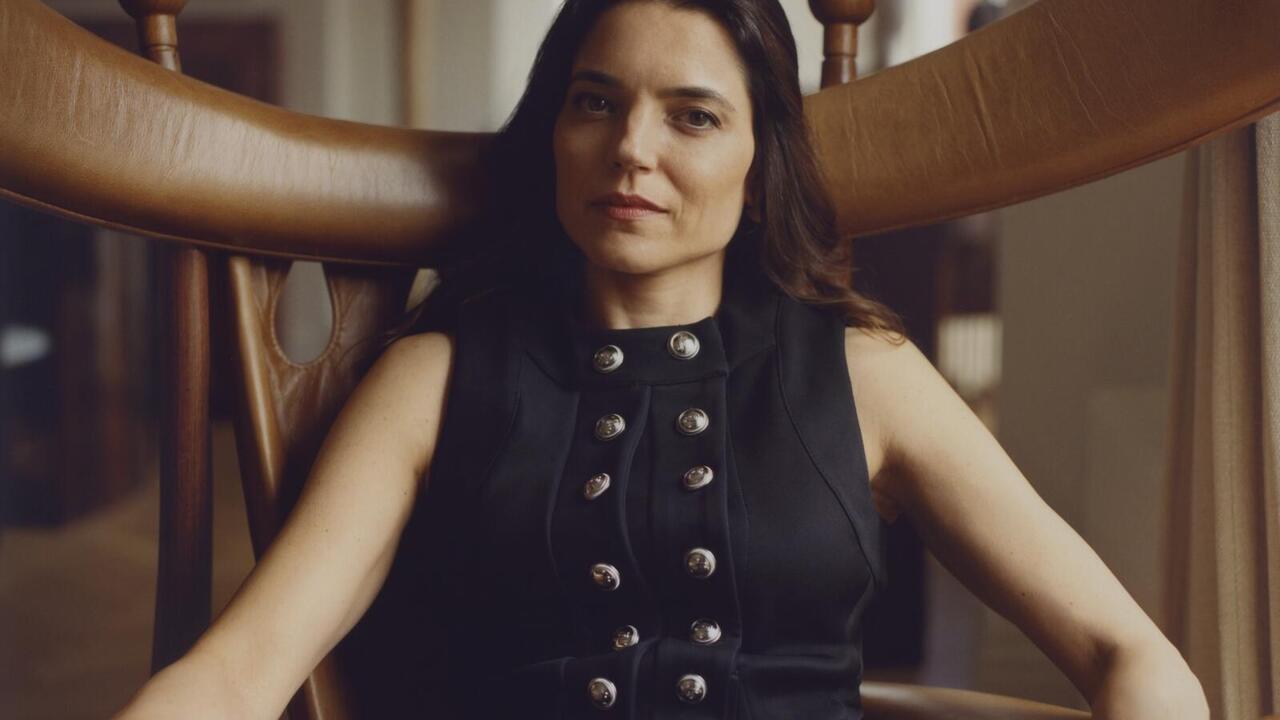Settings
Kunsthaus Dresden
Kunsthaus Dresden

The word ‘setting’ is generally associated with literature, theatre and film. Here, curator Petra Reichensperger used the term to bring together twelve art works dealing with the principle of staging. What actions are called for or prompted by a particular setting? How do viewers and exhibits relate to one another? The exhibition was one part of the larger project Various Stages – Bedingte Bühnen, which included a weekly salon evening and a closing festival.
Settings transformed the Kunsthaus into a stage. The museum shop, usually visible through a large window on the baroque building’s ground floor, was cleared to make way for the installation Ingrid (Inzwischen) (Ingrid, In-Between, 2009) by the Discoteca Flaming Star artists’ collective. A recording of a woman’s voice emanating from two speakers – reading fragments from a fictitious correspondence between a newspaper columnist and a performance artist active in the 1970s – could be heard through the gallery’s open doors from the street outside. The letters were about falling in love, the process of getting to know each another and exchanging phone numbers. Visitors inside the installation could be seen from the street through the yellow-tinted window as they sat on a stepped podium – recalling a tiered auditorium – contemplating two ensembles of yellow neon tubes.
Generally, the exhibition aimed to forego any separation between the stage and the space assigned to visitors. Faced with Nairy Baghramian’s Entre deux actes II (Loge des Comédiennes) (Between two acts II, Actresses’ dressing room, 2009), one was tempted to sit down in this reproduction of a dressing room with furniture designed by Janette Laverrière. The black podium on which the interior was staged created a border, though there was no rope cordon or invigilator to prevent people from entering. The installation was combined with a wall display of erotic photographs of women taken by Carlo Mollino, and thus raised the issue of genuine privacy versus a staged female private sphere, as well as highlighting the artistic value of the Bauhaus-inspired design.
Unfortunately, other works failed to achieve this level of complexity. Nevin Aladag˘’s miniature curtains of artificial hair, Rehearsals (2012), had the barest of ties to the concept of the stage: hung against a white wall, the curtains didn’t offer a setting for possible events or role-play. By contrast, as one entered David Lamela’s Limit of a Projection I (1967), the only historical work in the show, the level of interaction rose again: a single light cast a conical beam onto the floor in an otherwise darkened room. It was hard for visitors to edge their way past without standing in the spotlight. Stumbling out of the darkness again, they entered a room with a purple carpet, stools and a venetian blind, which all extended the exhibition’s concept of the stage towards cinema: Lou (2012), a film installation by the FORT artists’ collective, played with the cinema convention of the venetian blind used to hide the projection screen: after every shot – some aerial footage, a still of a busy swimming pool, a close-up of a monkey – the blind closed, not only underlining the inherent theatricality of film projections but also acting as a fade to black between each picture in the sequence.
Such subtleties of scenography are more easily invoked in an exhibition space than in a theatre or cinema, which privilege illusion and draw as little attention as possible to the apparatus of staging. Here, temporarily, art works became props while viewers and artists became actors. The mode of showing merged with the mode of performance – and the exhibition space revealed itself as a stage.
Translated by Nicholas Grindell















